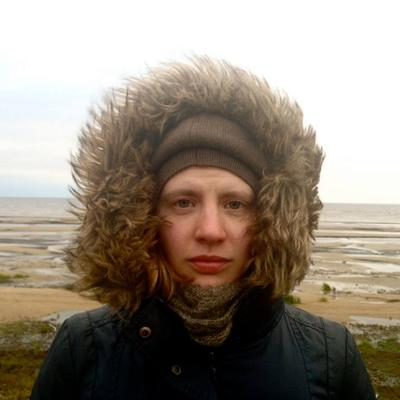In the project Palus Florens by Alina Brovina an ecosystem of a Moscow’s typical yard is the focus of study and subject of engagement.
Essentially, communicative situations here are limited only by random collisions that may occur at the time of residents’ movement along the familiar route. And the front garden reflects the logic of limitations and schematic perception of territory.
A flowerbed as a form of life organization –initiated and also limited in its development by a person – paradoxically perceived by residents as the thing-in-itself, withdrawn from everyday communications. The fence defines an object for observation and control without interaction. Even the etymology of the word “front garden” (from fr. palisade – “picket fence” going back to lat. pālus – “picket”) fixes the importance and priority of a fence – first it appears near the house and then a flower garden attaches.
In the exhibition space, the artist simultaneously exaggerates and overturns this logic. Alina reconstructs a plasticine flowerbed and puts it on a pedestal indicating the fragility and adaptability of plants to environmental conditions, as well as the man-made nature of the front garden.
The choice of plasticine is related to the material (both chemical and plastic) characteristics of the medium itself – it of course, contains clay but in addition, there are a number of “improvers” (such as petrolatum, which is a derivative of oil, for example), that we most often don’t think about or don’t know. Aimed at regaining and understanding of the components and properties that make up our urban everyday life, we send soil samples for laboratory analysis and do research of the likely composition of children’s plasticine.






Olga Deryugina
“Limitation” is one of the key words that help to describe how ideas about the local geopolitics of this space are realized and formed. The planar geometry of the simplest figures, speaking as the core language of the layout development – the territory as a kind of abstraction existing within the framework of commodity-money relations, manifests itself as a ghostly demon setting the benchmarks of the yard’s multidimensional reality. A complex ecosystem, in which different types of living entities, information flows and vortices of random events cooperate, is broken up into its constituent parts and subjected to the logic of one-dimensional scheme.